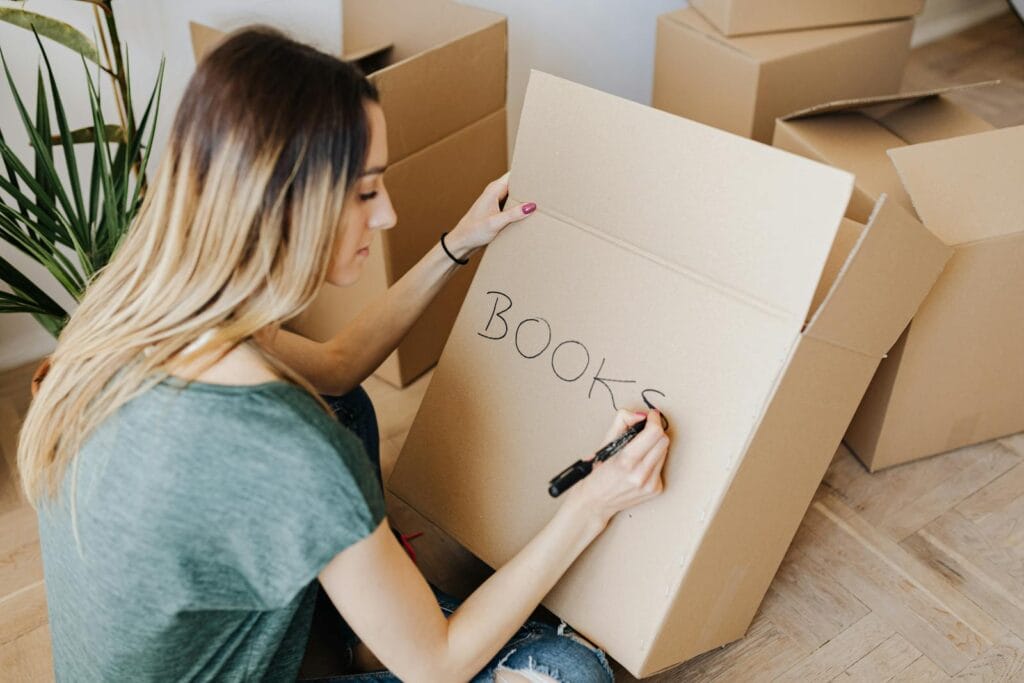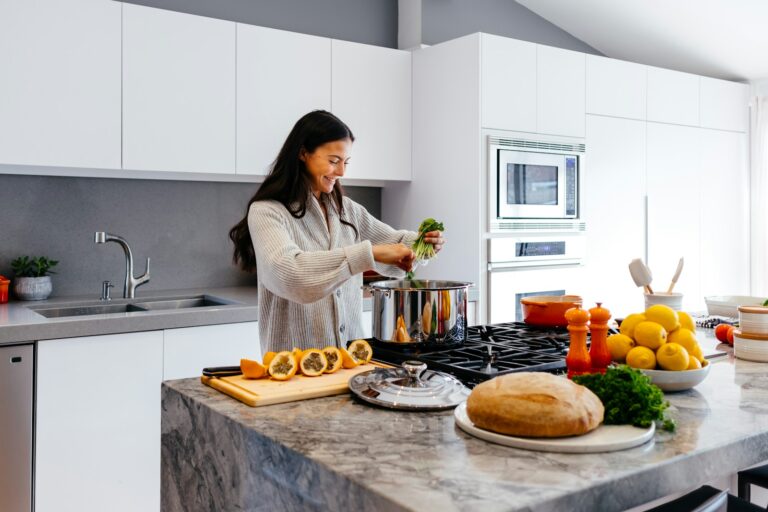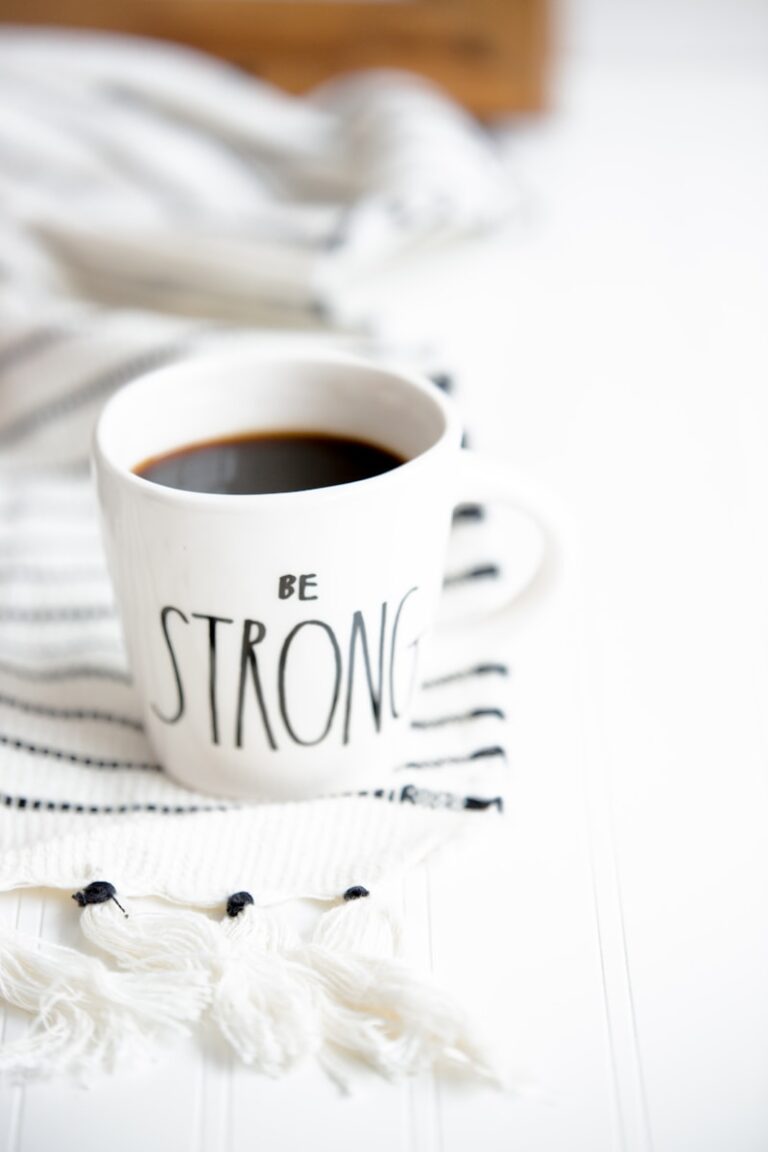Living with kids usually means toys, clothes, and random stuff everywhere. Most parents have wondered if a tidy home is even possible with children running around. It can feel overwhelming, honestly.
You can actually declutter your home with kids by involving them, working in small bursts, and teaching them some simple organization tricks. The trick is to fit decluttering into your family’s routine instead of fighting against it.
This way, you create a calmer home and your kids pick up useful life skills. You’ll find ways to get your kids interested in organizing, keep the mess from coming back, and make decluttering feel like a positive thing for everyone.
The Decluttering Process With Kids
Decluttering with kids usually means three steps: showing them how it’s done, working through their stuff together, and then letting them make their own choices. Each step helps them build confidence.
Modeling Decluttering Behavior
Start by decluttering your own things before you touch your child’s stuff. This way, there’s no pressure on them and they get to see how it works.
Let your kids watch you sort through clothes, books, or kitchen things. Talk through your decisions as you go. Maybe say, “I haven’t worn this shirt in ages,” or “This book was helpful, but now it can go to someone else.” Kids pick up on how you make choices.
Get your kids involved in your own decluttering for a few minutes here and there. They can help carry donation bags or sort things into piles.
Things to show your kids:
- Sort into keep, donate, and trash piles
- Handle items carefully
- Decide quickly, don’t get stuck
- Stay upbeat about letting go
When your kids see you declutter calmly, they start to see it as normal and even helpful.
Guiding Children Through Decluttering
Sit with your child and go through their things together. Pick up each toy, book, or piece of clothing and talk about it.
Ask easy questions like, “When did you last play with this?” or “Does this still fit?”
Make it fun and interactive. Play music, set a timer for short sessions, or turn it into a game.
Games that help:
- Race the clock: Sort 10 items in 5 minutes
- Yes or no: Quick decisions for each thing
- Memory lane: Share a story about a favorite toy before deciding
Give clear instructions about where things go. Use three boxes or bags: “keep,” “donate,” and “trash.”
Explain that donated items will make another child happy. Sometimes that makes it easier to let go.
Be patient when they get stuck. Some decisions take a little more time, and that’s totally fine.
Encouraging Independent Decision-Making
Show kids how to declutter on their own with clear steps. Start with easy stuff like broken toys or clothes that don’t fit.
Teach them a simple system for making decisions. Let them ask themselves three questions about each thing.
Three questions to ask:
- Do I use this often?
- Does this make me happy?
- Is it in good shape?
If they say no to any, it’s probably time to let it go.
Set aside regular decluttering time for them to handle their own spaces. Even 10-15 minutes once a week is enough.
Praise their decisions and avoid criticizing. Confidence comes with practice.
Give them control over certain spaces, like their desk or toy bin. When kids are in charge of a spot, they’re more likely to keep it tidy.
Stick to small projects they can finish quickly. Small wins help them tackle bigger jobs later.
Strategies for Engaging Kids in Decluttering
Getting kids interested in decluttering is all about timing, games, and using visuals. These little tweaks can turn a dreaded job into something they’ll actually enjoy.
Turning Decluttering Into Games and Challenges
Games can turn boring chores into something kids look forward to. Try a 7-day decluttering challenge where each day focuses on a small area.
Timed challenges keep things moving. Give kids 15-30 minutes to sort a drawer or toy bin. It keeps them from getting overwhelmed.
Race siblings to see who can put away the most toys in the right spots. Reward effort, not just who finishes first.
Try the “keep, donate, trash” game. Each child gets three boxes or bags with clear labels. See who fills their donation bag first with things they no longer use.
Some beat-the-clock ideas:
- 10 minutes to clear a desk
- 5 minutes to organize a bookshelf
- 15 minutes to sort art supplies
Play some fun music while you work. It’s amazing how much faster kids move when their favorite songs are on.
Using Visual Sorting Systems
Most kids understand pictures better than words. Use colorful bins with photo labels to show what goes where.
Clear storage boxes help too, since kids can see what’s inside. That way, putting things away is a lot easier.
Visual sorting that works:
| Container Type | Best For | Age Group |
|---|---|---|
| Picture-labeled bins | Toys, books | Ages 3-8 |
| Clear plastic boxes | Art supplies, games | Ages 5-12 |
| Color-coded baskets | Clothes, sports gear | All ages |
Draw or print pictures for each storage area. Stick the labels where kids can see them.
Make a checklist with pictures showing each step. Kids can check things off as they go.
Use different colored bags for trash, donations, and things to keep. Red for trash, blue for donations, green for keepers.
Choosing the Right Time for Decluttering
When you declutter matters just as much as how you do it. Pick a time when your kids are rested and in a good mood, not tired or hungry.
Mornings work best for younger kids. They have more patience before lunchtime.
Skip decluttering right after school—kids usually need a break then. Weekend mornings or early evenings are usually better.
Good times for decluttering:
- Saturday mornings after breakfast
- Sunday afternoons before dinner
- School breaks
- Before birthdays or holidays, when new stuff is coming
Keep sessions short for young kids. Under 8? Aim for 20-30 minutes. Older kids can go a bit longer.
Watch for signs of frustration or boredom. Take breaks as needed and keep encouraging them.
Plan decluttering around nap times if you have babies or toddlers. Use quiet activities if little ones are sleeping nearby.
Maintaining a Clutter-Free Home With Children
Keeping things organized with kids takes clear boundaries, smart storage, and daily habits everyone can follow. It’s about setting physical limits, using labels, and building routines that actually fit your family.
Setting Boundaries and Physical Limits
Set clear physical boundaries to keep clutter from spreading. Decide where toys and kid stuff should live.
Use baskets or bins to set up toy zones in common areas. When the basket’s full, your child needs to take something out before adding another. This one-in-one-out rule really helps.
For bedrooms:
- Limit to 10-15 toys at a time
- Keep art supplies in one spot
- Use under-bed storage just for seasonal things
Create a “landing zone” by the front door for backpacks, shoes, and jackets. This stops school stuff from ending up everywhere.
Have rules about where food can be eaten. Keeping snacks in the kitchen means fewer crumbs and sticky messes in bedrooms and playrooms.
Organizing With Labels and Zones
Labels show kids exactly where things go and make cleanup faster. Use pictures and words for kids who can’t read yet.
Labeling ideas:
- Photo labels on toy bins
- Color-coded labels for each family member
- Clear containers to see what’s inside
- Simple words at kid height
Set up zones for different activities. Have a homework spot with supplies in one place. Keep craft stuff together in another.
Playrooms need zones too—books in one area, building toys in another, dress-up clothes somewhere else. This keeps things from getting mixed up.
Kitchen zones help with kid gear. Lunch boxes, water bottles, and snacks all go in one cabinet or drawer. Makes it easier for kids to help themselves.
Establishing Consistent Routines
Daily routines keep clutter in check and teach kids good habits. Little things like clearing counters and picking up floors add up.
Morning routines:
- Make beds before breakfast
- Put dirty clothes in hampers
- Clear breakfast dishes
Evening cleanup is easier together:
| Time | Task | Who |
|---|---|---|
| 6:00 PM | Pick up living room toys | All kids |
| 6:15 PM | Return items to proper rooms | Each child |
| 6:30 PM | Prepare for next day | Family |
Add in a weekly decluttering time. Take 15 minutes each Saturday to go through toys, clothes, or books.
Do cleanup at the same times every day. Eventually, your kids will just do it out of habit.
Teaching Lifelong Decluttering Skills
Teaching kids to declutter gives them skills they’ll use for life. It’s about building habits early, using the right rewards, and letting them decide what to keep or donate.
Building Positive Decluttering Habits
Start small. Pick one drawer or toy bin, not the whole room. It feels less overwhelming that way.
Stick to a regular schedule. Maybe a quick 10-minute toy sort every Sunday night. Kids learn decluttering is just a normal thing, not a punishment.
To make it routine:
- Do it the same day each week
- Use a timer for short bursts
- Play music while you clean
- Let kids choose what to tackle first
Show them how to sort into keep, donate, and trash. Use colorful bins or boxes to make it more fun.
Teaching kids to declutter helps them practice decision-making. Start young so it becomes second nature.
Using Praise and Rewards Effectively
Praise your child’s effort, not just the outcome. Try saying, “I love how you thought about each toy,” instead of just, “Good job cleaning up.”
Use small rewards to motivate, but don’t go overboard. Little things work better than big prizes for building habits.
Reward ideas:
- Extra bedtime story
- Special one-on-one time
- Pick the family movie for movie night
- Small treat or privilege
Don’t bribe kids to throw away specific things. Reward them for joining in and making thoughtful choices.
Making decluttering fun really does help. If kids enjoy it, they’re much more likely to keep up the habit.
Fostering Responsibility and Decision-Making in Kids
Let your kids decide what to keep and what to donate. Your job? Just guide them. You’re not there to make every choice for them. This helps them build confidence in their own decisions.
Instead of telling kids what to do, try asking questions. Stuff like, “When did you last play with this?” or “Does this toy still make you happy?” These kinds of questions get them thinking about what really matters to them.
Questions that help kids decide:
- Do you have space for this in your room?
- Would another child enjoy this toy more?
- Is this something you use regularly?
- Does keeping this item make you feel good?
Don’t force your child to give up something they want to keep. Decluttering with kids goes a lot smoother when they feel in control of their stuff.
Let kids have ownership of their spaces. When they feel responsible for their own room, they usually take more pride in keeping it organized. That sense of ownership? It really can lead to better habits over time.




